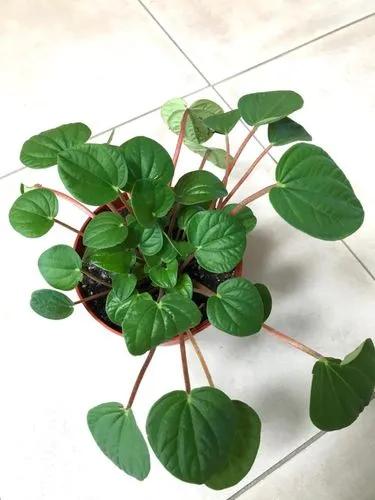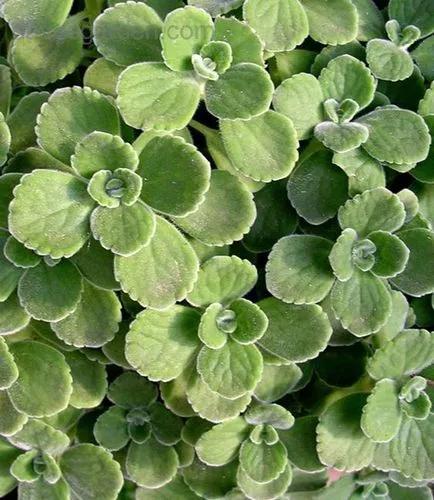Calathea is a genus of flowering plant belonging to the family Marantaceae. They are commonly called calatheas or prayer plants. About 200 species formerly assigned to Calathea are now in the genus Goeppertia. There are several dozen species in this genus.
Calethea Red Mojo Care
Calathea 'red Mojo'



How to Care for the Plant

Water

Calathea prefer soil that is consistently evenly moist at all times but not soggy. If the top 2” of the soil become dry then your plant is ready to be watered. If you let the soil dry out too much, you may see browning, yellowing, or curling leaves, but don't fear.

Pruning

As plants mature and leaves age, it is common for some of the outer leaves to yellow or brown. Removing yellowed or browned outer leaves regularly improves the appearance of your calathea plant. Cut leaves at the base where the leaf joins the main stalk with a pair of sharp scissors.

Fertilizer

Calathea do not need a lot of fertilizing, but they will flower and do well with standard houseplant fertilizer during spring, summer and fall. They especially need fertilization during periods of growth and flowering.

Sunlight

Indirect light – Calathea plants need bright, but not direct, sunlight to grow. This is because they grow on the floor of jungles and forests where they get limited light through the tops of the trees. In fact, direct sunlight will burn the leaves of a Calathea plant and cause it to lose its vibrant colors.

Soil

Calathea enjoy moist soil—but not wet soil. Try a mix of 50 percent potting soil, 20 percent orchid bark, 20 percent charcoal, and 10 percent perlite. They also dislike being dried out. Every few days, stick a finger in the soil to see if the medium feels dry.

Temperature

Temperature – Calathea plants do not like the cold very much. They are from tropical areas of the world and prefer temperatures between 65-80 degrees. Temperatures above and below that can cause damage to the plant, first evident in the curling of the leaves.

Container

Use a glazed ceramic or plastic pot with at least two drainage holes at the base. Choose one that measures 1 to 2 inches larger than the original pot. Avoid using a catch-pot since they lack adequate drainage and will cause the soil to stagnate.

Popularity

143 people already have this plant 33 people have added this plant to their wishlists
Discover more plants with the list below
Popular articles






